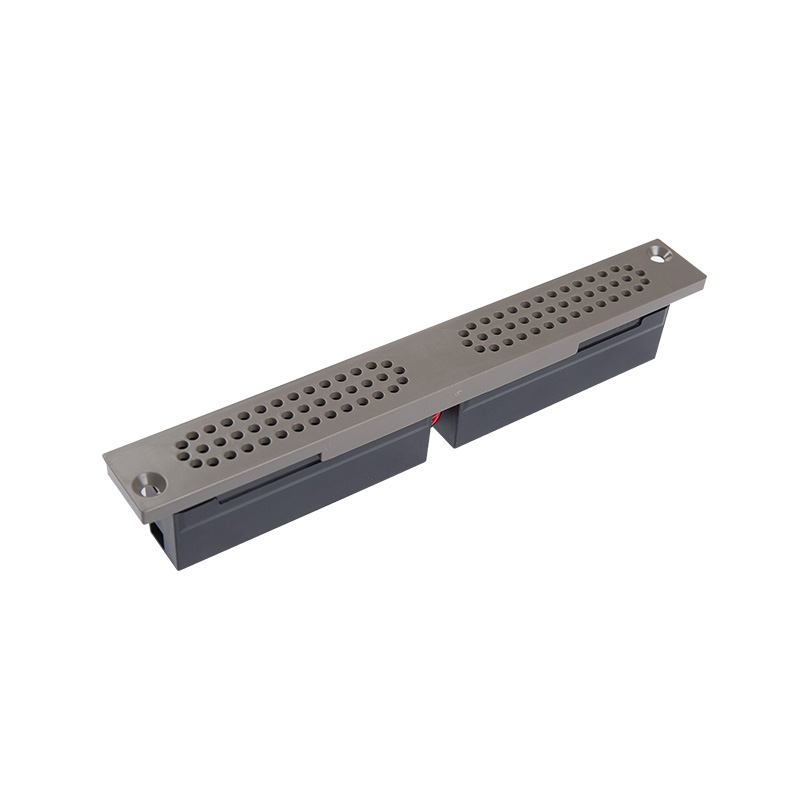An IoT speaker box's processor plays a pivotal role in ensuring high-quality audio processing through several key mechanisms and functionalities:
1. Audio Decoding and Playback: The processor is responsible for decoding audio streams from various sources, such as streaming services, local files, or connected devices. It ensures that audio files in different formats (e.g., MP3, AAC, FLAC) are decoded accurately for playback. High-quality decoding is essential to reproduce the audio as intended by content creators.
2. Digital Signal Processing (DSP): DSP is a critical component of audio processing. The processor uses DSP algorithms to enhance audio quality by adjusting parameters like equalization, volume, balance, and spatial effects (e.g., surround sound). DSP can also be used for noise reduction, echo cancellation, and room calibration to adapt audio playback to the listening environment.
3. Sample Rate and Bit Depth: The processor handles audio data with various sample rates and bit depths. Ensuring support for high-resolution audio formats with greater bit depth and sample rates contributes to better audio fidelity.
4. Audio Enhancement Technologies: Many IoT speaker boxes incorporate proprietary audio enhancement technologies or standards like Dolby Atmos or DTS:X. The processor manages these technologies to create a more immersive audio experience, including 3D audio and object-based sound.
5. Real-Time Audio Adjustments: The processor can adjust audio parameters in real-time based on user preferences or the characteristics of the audio content being played. This may involve dynamic range compression, bass management, or treble adjustments to optimize audio for different genres or listening scenarios.
6. Audio Codecs: Support for various audio codecs is crucial. The processor should be capable of decoding both lossy (e.g., MP3, AAC) and lossless (e.g., FLAC, WAV) audio codecs to ensure compatibility with a wide range of audio sources and formats.
7. Multi-Channel Audio: If the speaker supports multi-channel audio (e.g., 5.1 or 7.1 surround sound), the processor manages the distribution of audio to individual speaker drivers to create a seamless and immersive soundstage.

8. Low Latency Audio: In applications where low audio latency is critical, such as voice assistants or gaming, the processor minimizes delay between audio input (e.g., voice command) and audio output to maintain synchronicity.
9. Bitrate Adaptation: The processor may adapt audio bitrates for streaming services to match available network bandwidth without compromising audio quality. This ensures uninterrupted playback even with varying internet speeds.
10. Audio Quality Metrics: Some processors employ advanced algorithms to analyze audio quality in real-time. They can detect and correct anomalies or distortions in the audio stream to maintain high fidelity.
In summary, the IoT speaker box's processor ensures high-quality audio processing by decoding audio streams accurately, applying DSP for optimization, supporting various audio formats, managing audio enhancement technologies, and allowing user customization. These features collectively contribute to a superior audio experience for users.


 EN
EN  English
English Deutsch
Deutsch 中文简体
中文简体
